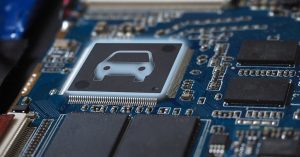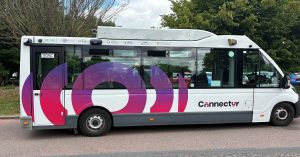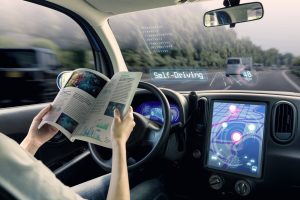The Importance of In-house Software Development for Volvo’s Future Success
Volvo’s all-electric EX90 SUV demonstrates that the company’s forthcoming fully electric cars will all be software-defined, making in-house software development crucial for the vehicle manufacturer to achieve its strategic ambitions. By 2025, Volvo plans to employ 500-600 people in Krakow to complement its other engineering centers in China and Sweden, as well as other international Volvo tech hubs. Jim Rowan, the chief executive of Volvo Cars, said, “We’re a purpose-led and technology-driven company, so our new generation of Volvo cars will be more than just transport.The Role of the Tech Hub in Developing Core Safety Technology
One of the key areas where Volvo aims to accelerate the development of software is in core safety technology based on the company’s understanding of accidents. The engineers at the tech hub will be tasked with developing perception and driver assistance algorithms to enhance the safety of Volvo’s all-electric vehicles. The goal is to develop software that can detect potential hazards and prevent accidents. By developing its own safety technology, Volvo can differentiate its vehicles from competitors and offer unique features that meet the evolving needs of consumers.The Importance of Autonomous Driving Software Development
Volvo also plans to develop the required software to enable autonomous driving. The engineers at the tech hub will develop software that can detect and respond to various traffic situations, allowing the vehicle to operate without human intervention. By developing its own autonomous driving software, Volvo can enhance the safety and convenience of its vehicles, and provide consumers with a differentiated experience. The ability to offer autonomous driving features will also be a key factor in the company’s efforts to become a fully electric brand by 2030.Developing Next-generation Connected Features
Volvo’s engineers at the tech hub will also be tasked with developing the OEM’s next-generation connected features. Connected features will be critical to the success of the company’s all-electric vehicles. By leveraging the power of the internet and connectivity, Volvo can offer consumers a more personalized and convenient driving experience. Connected features can also help to improve the safety of Volvo’s vehicles by providing drivers with real-time information about traffic conditions, road hazards, and weather conditions.Conclusion
The establishment of Volvo’s new tech hub in Krakow, Poland, represents a significant investment in the company’s future success. By accelerating the development of software in core safety technology, perception and driver assistance algorithms, autonomous driving software, and next-generation connected features, Volvo aims to offer a unique and differentiated driving experience to consumers. The company’s all-electric vehicles will be software-defined, and in-house software development capabilities will be crucial to achieving its strategic ambitions.
Volvo’s new tech hub in Krakow will play a critical role in supporting the development of software for the OEM’s upcoming all-electric vehicles. The hub will provide a strategic location to attract top talent globally, and the company plans to employ 500-600 people in Krakow by 2025. The engineers at the site will be tasked with developing software in key areas such as core safety technology, perception and driver assistance algorithms, autonomous driving software, and next-generation connected features.







